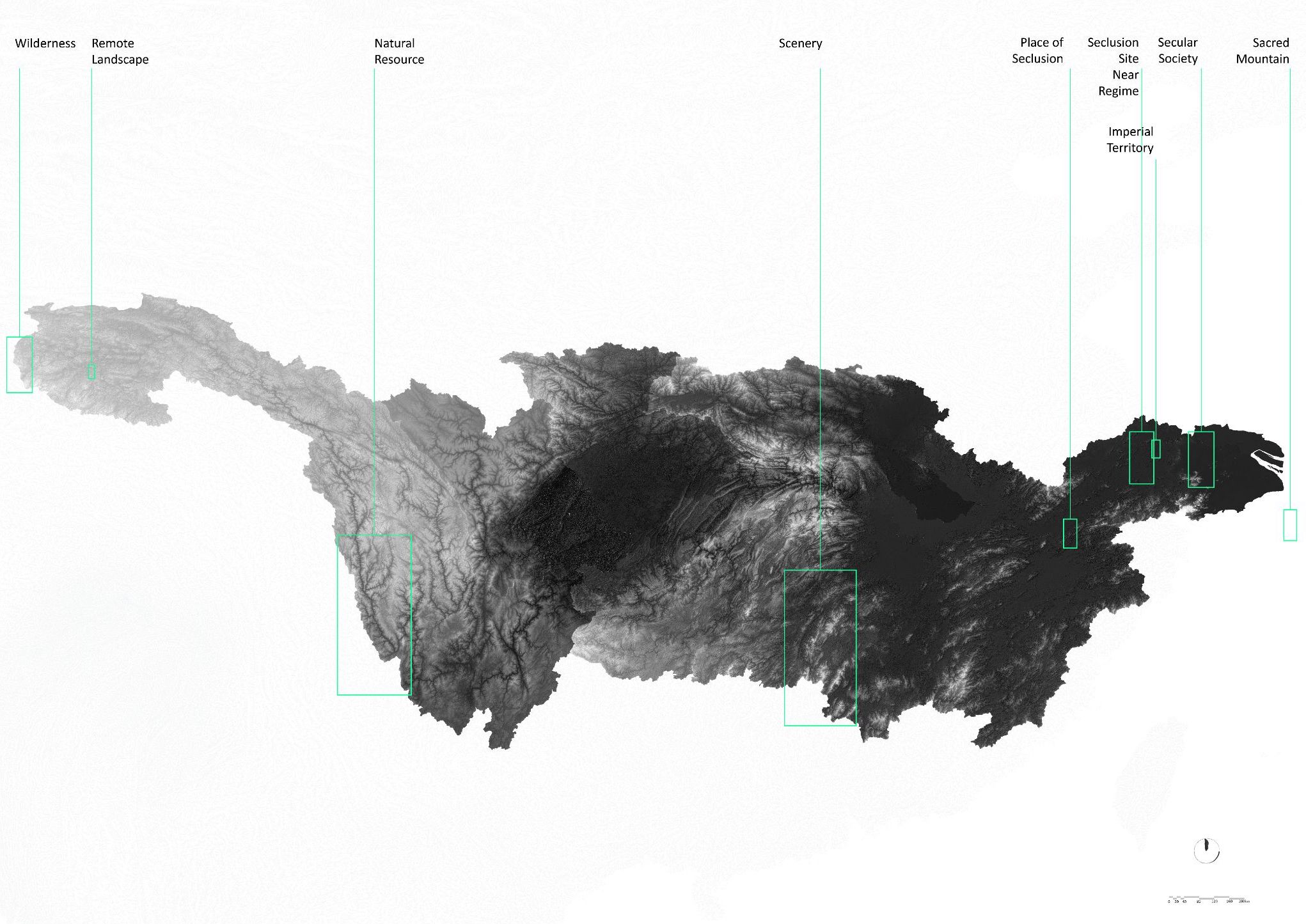
How Storytelling can Alter the Climate Reality



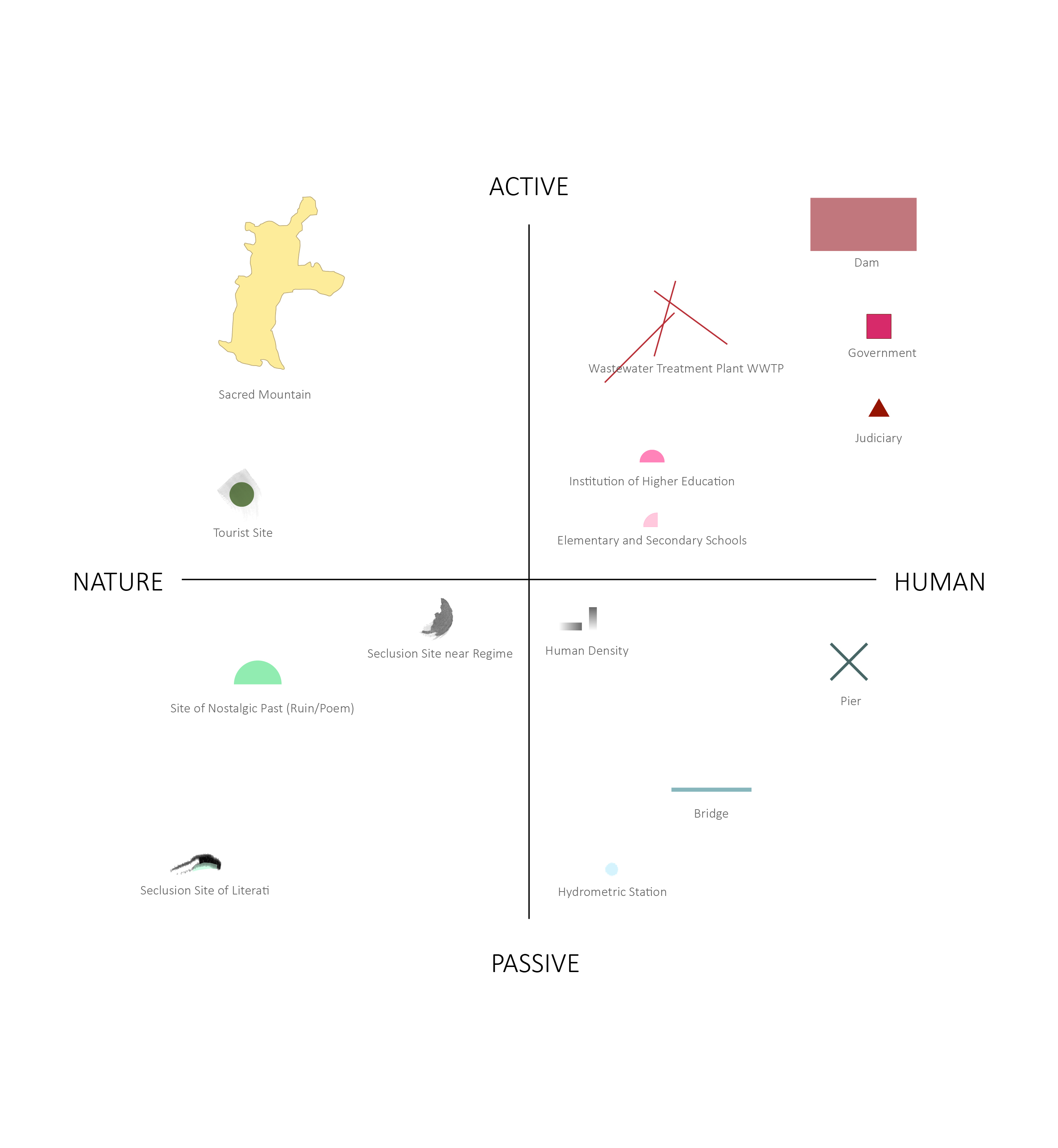
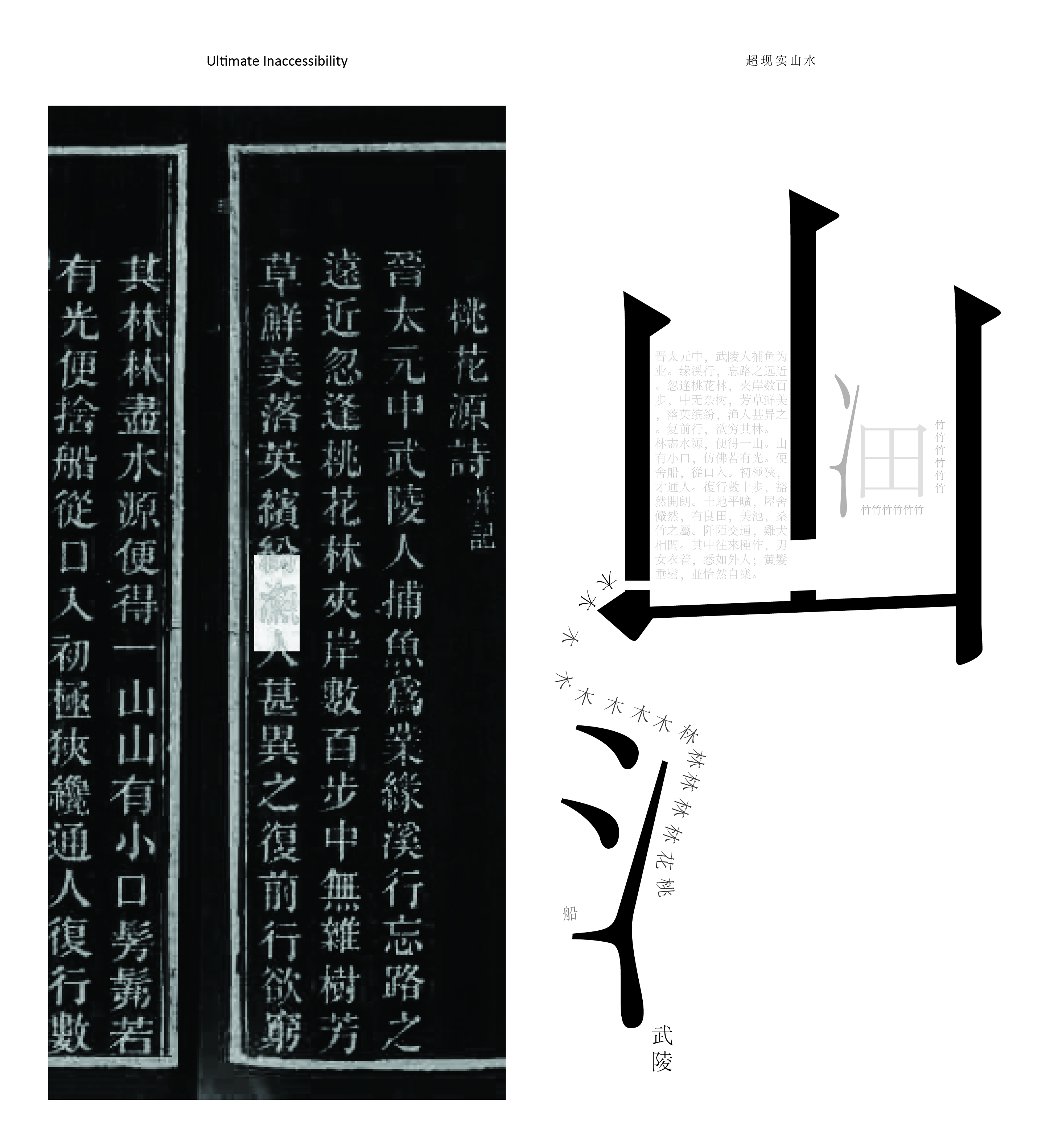
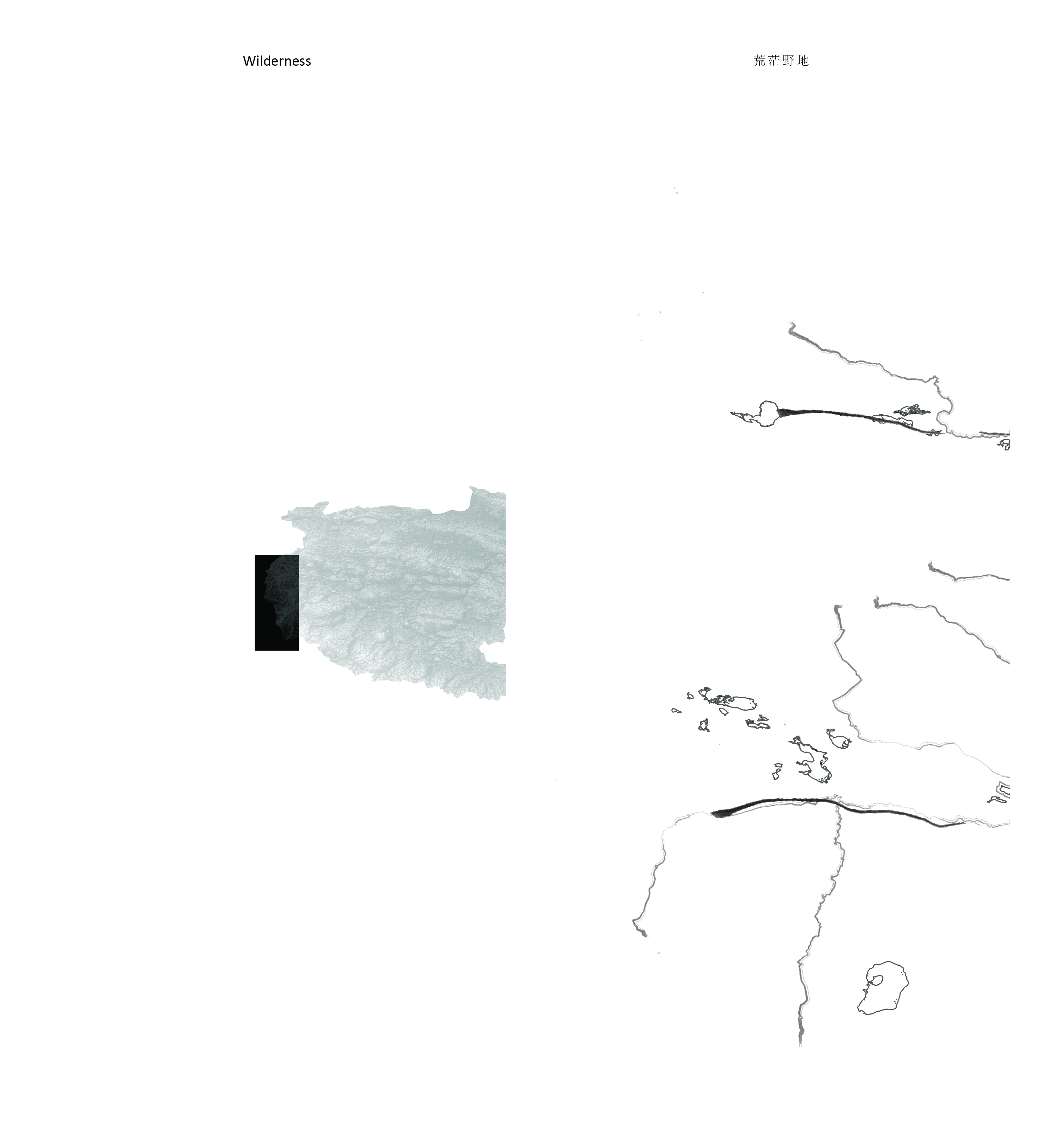
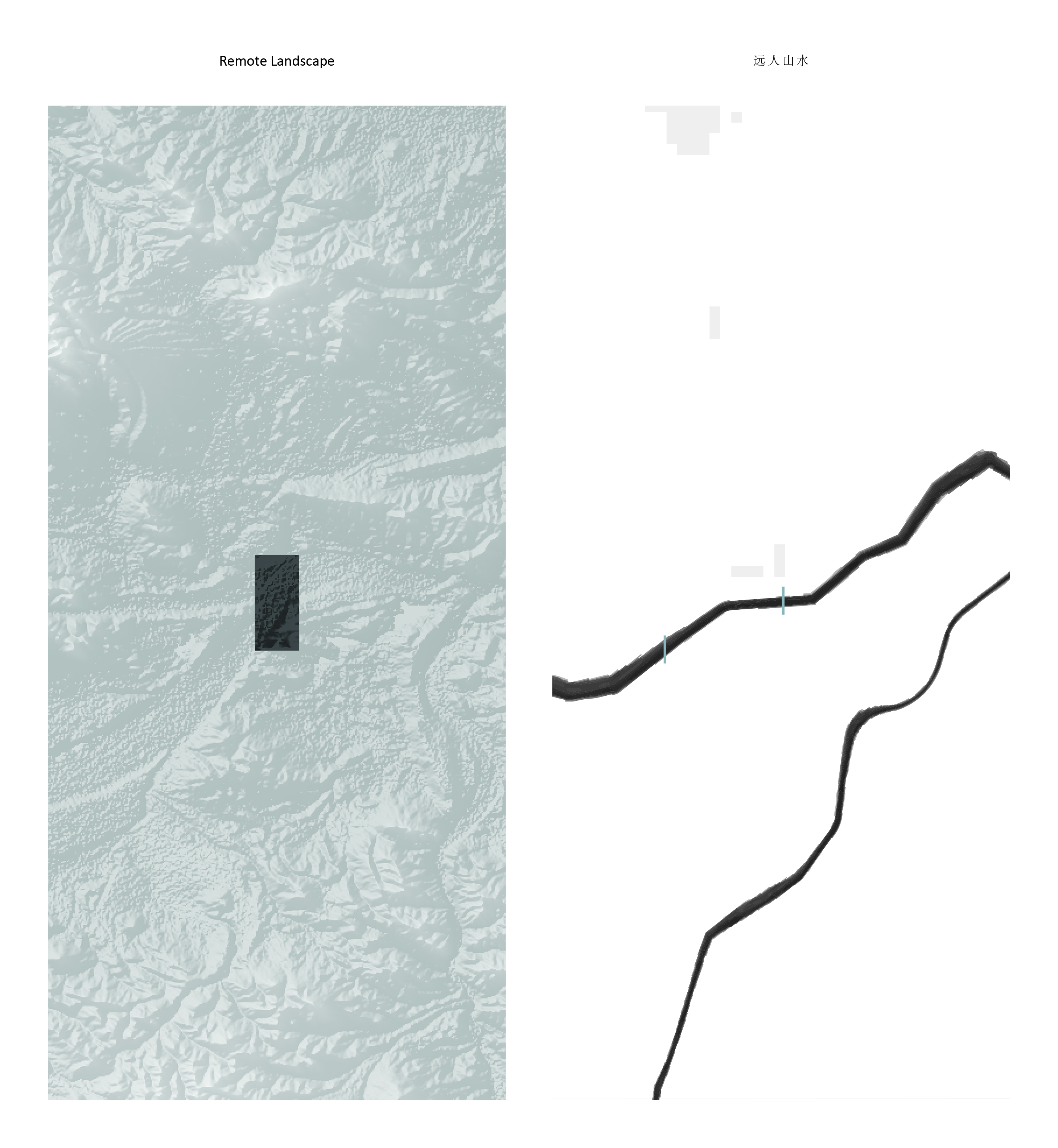
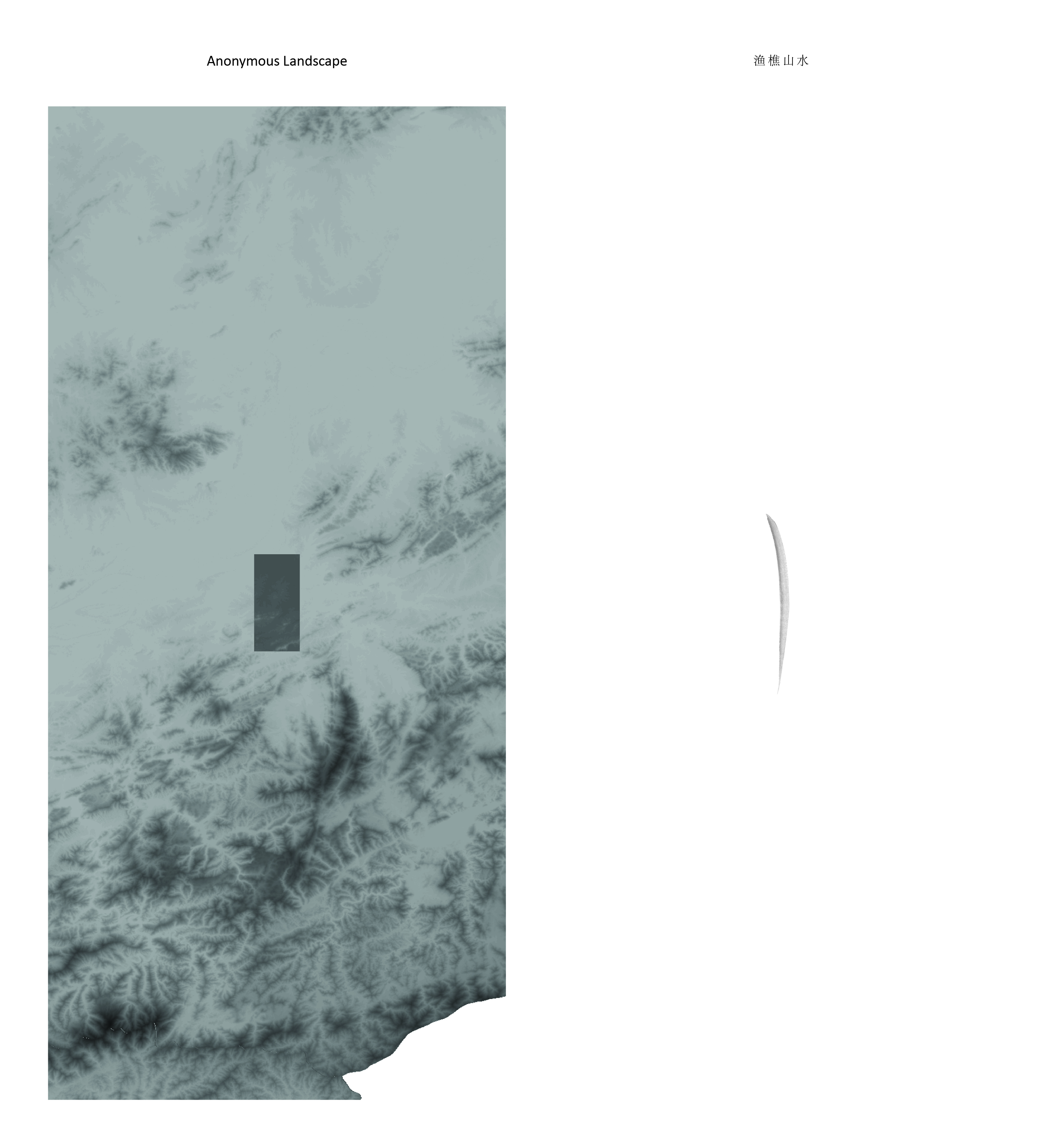
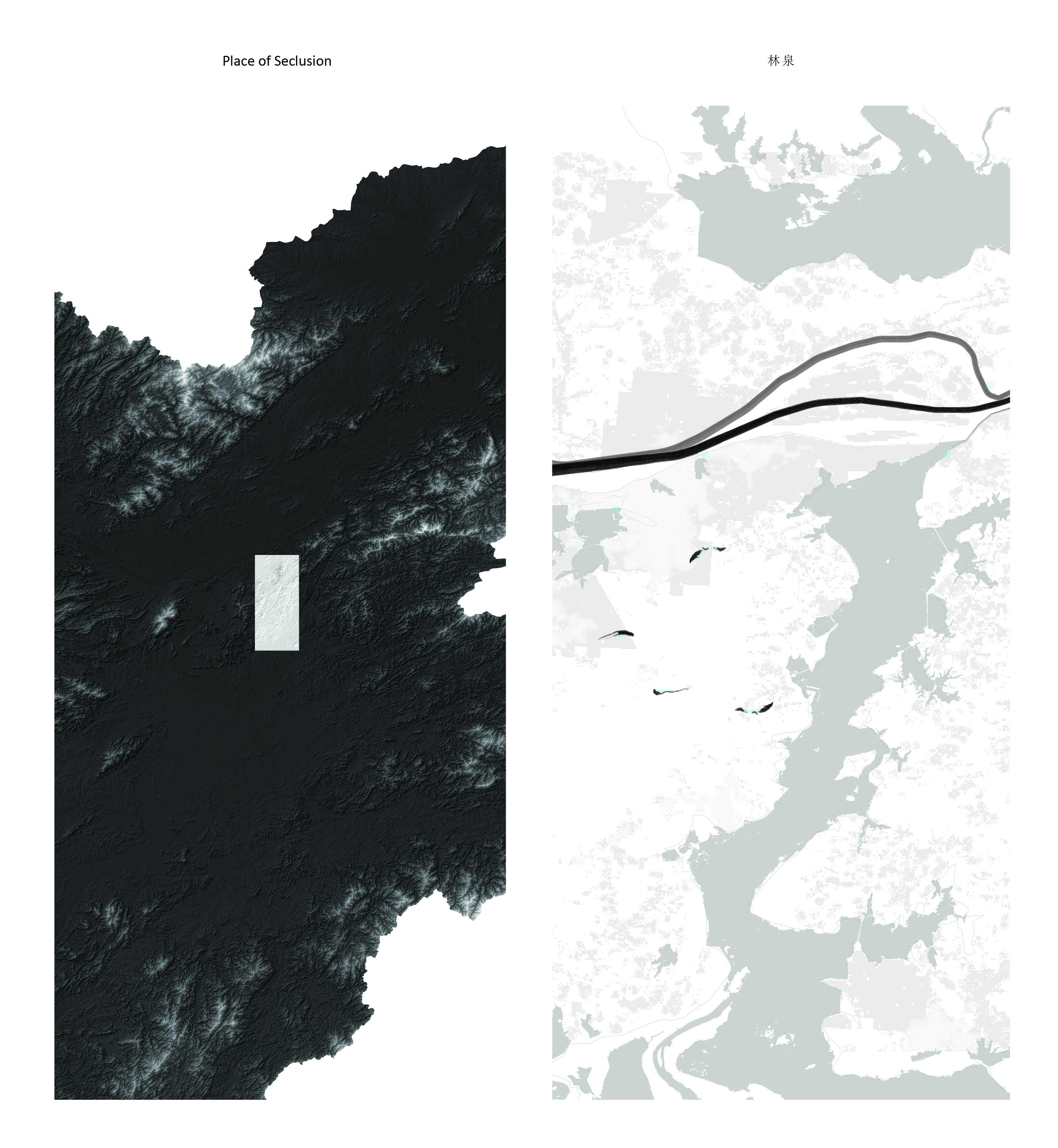
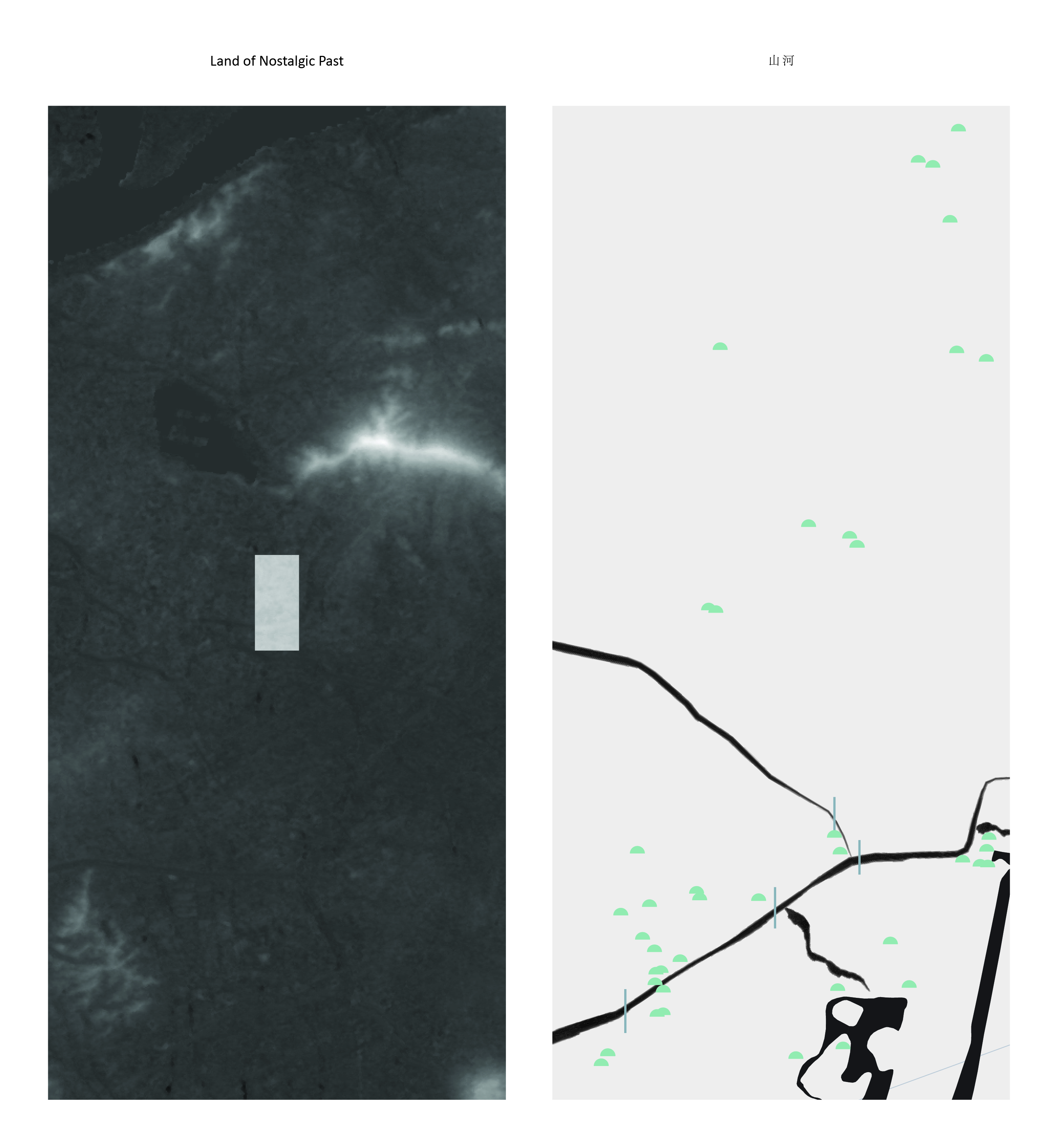
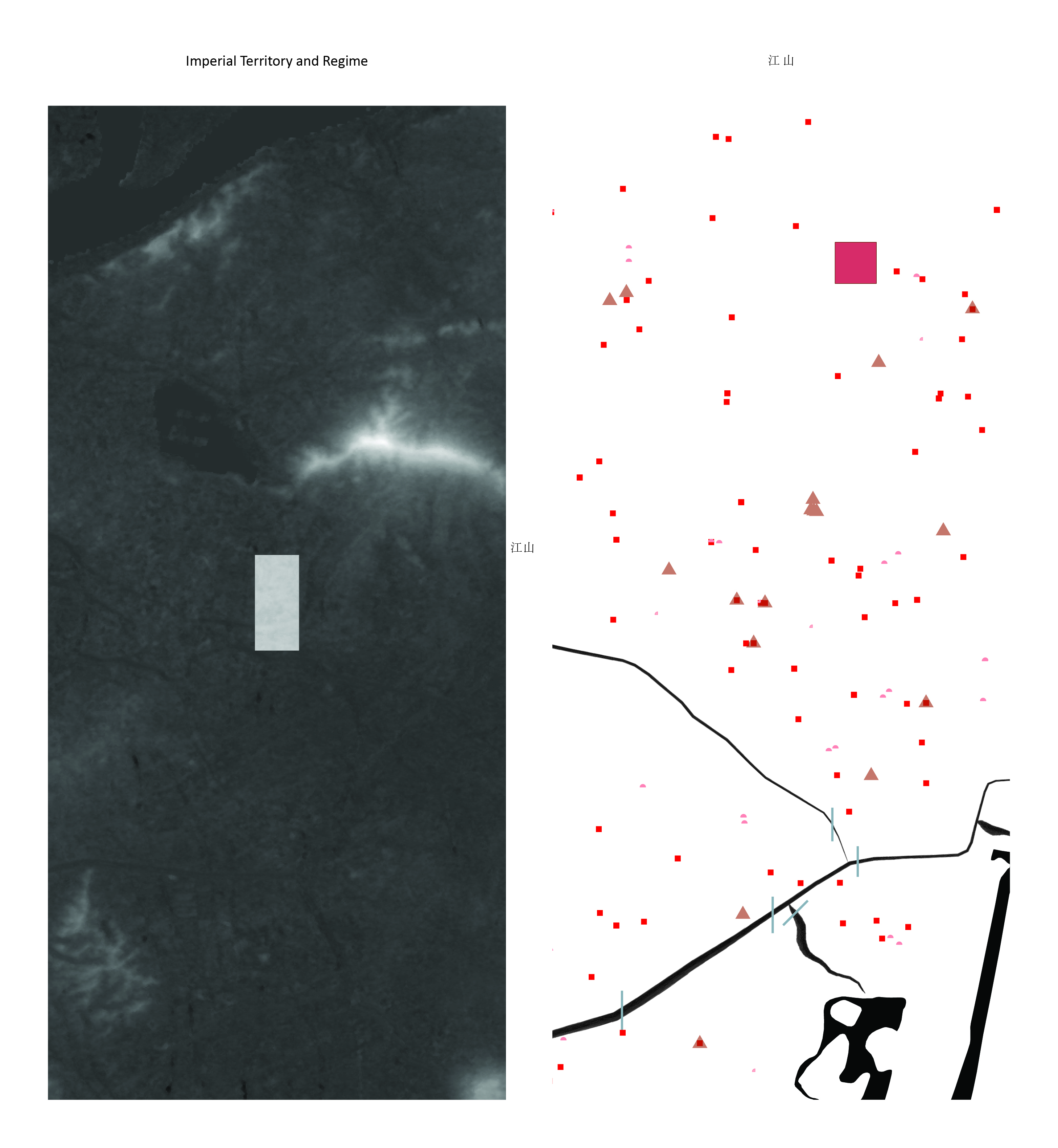
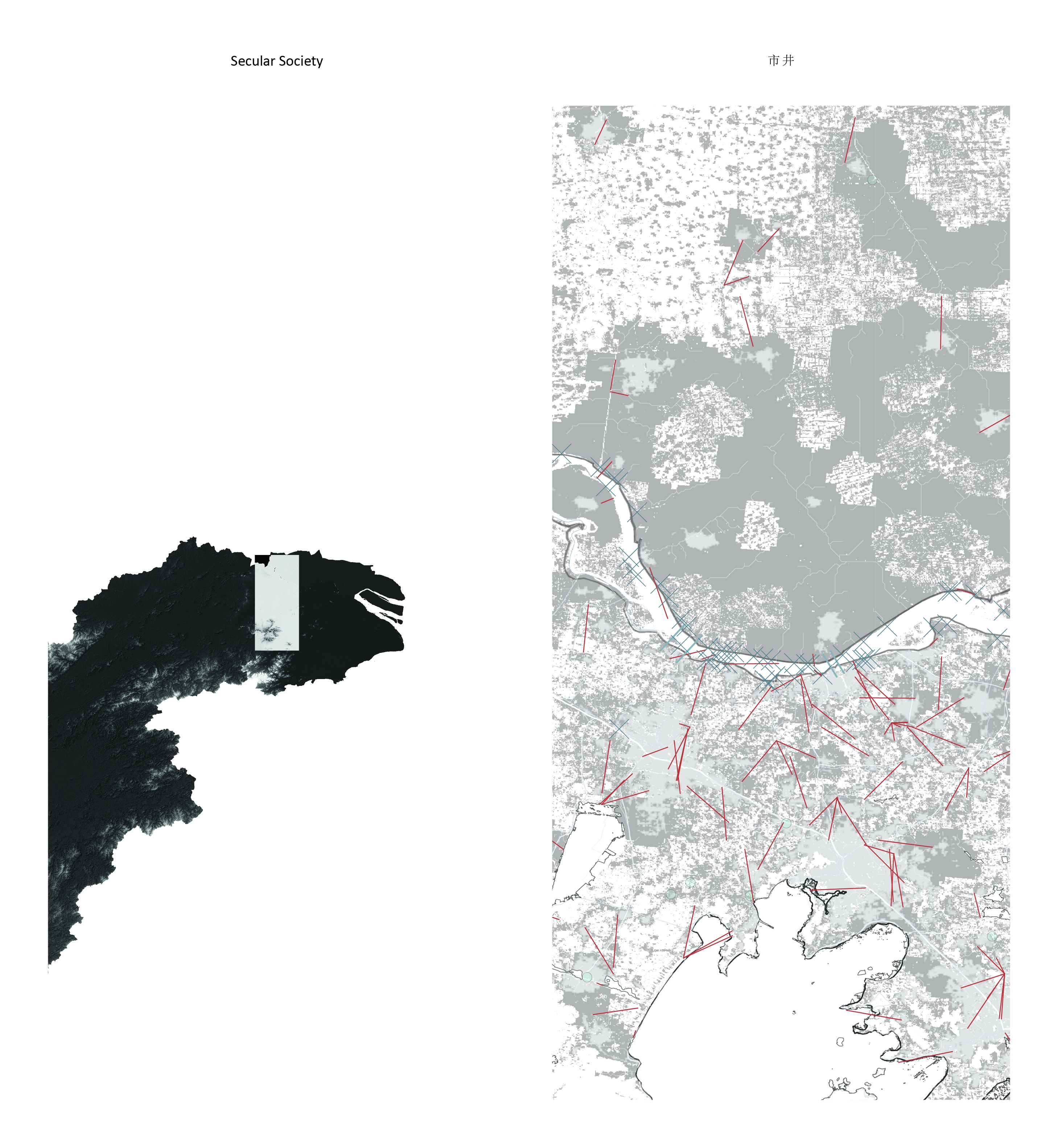
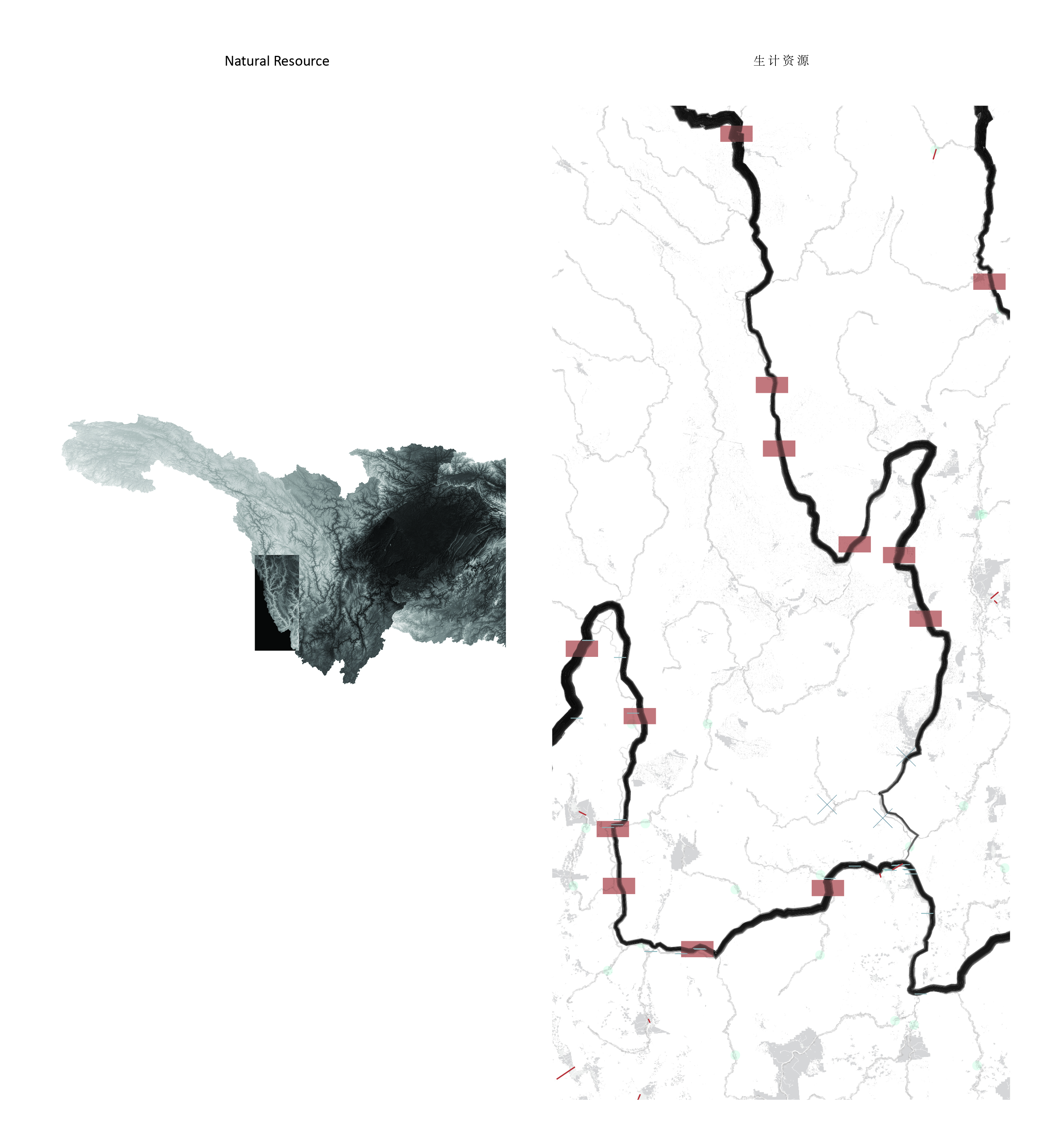
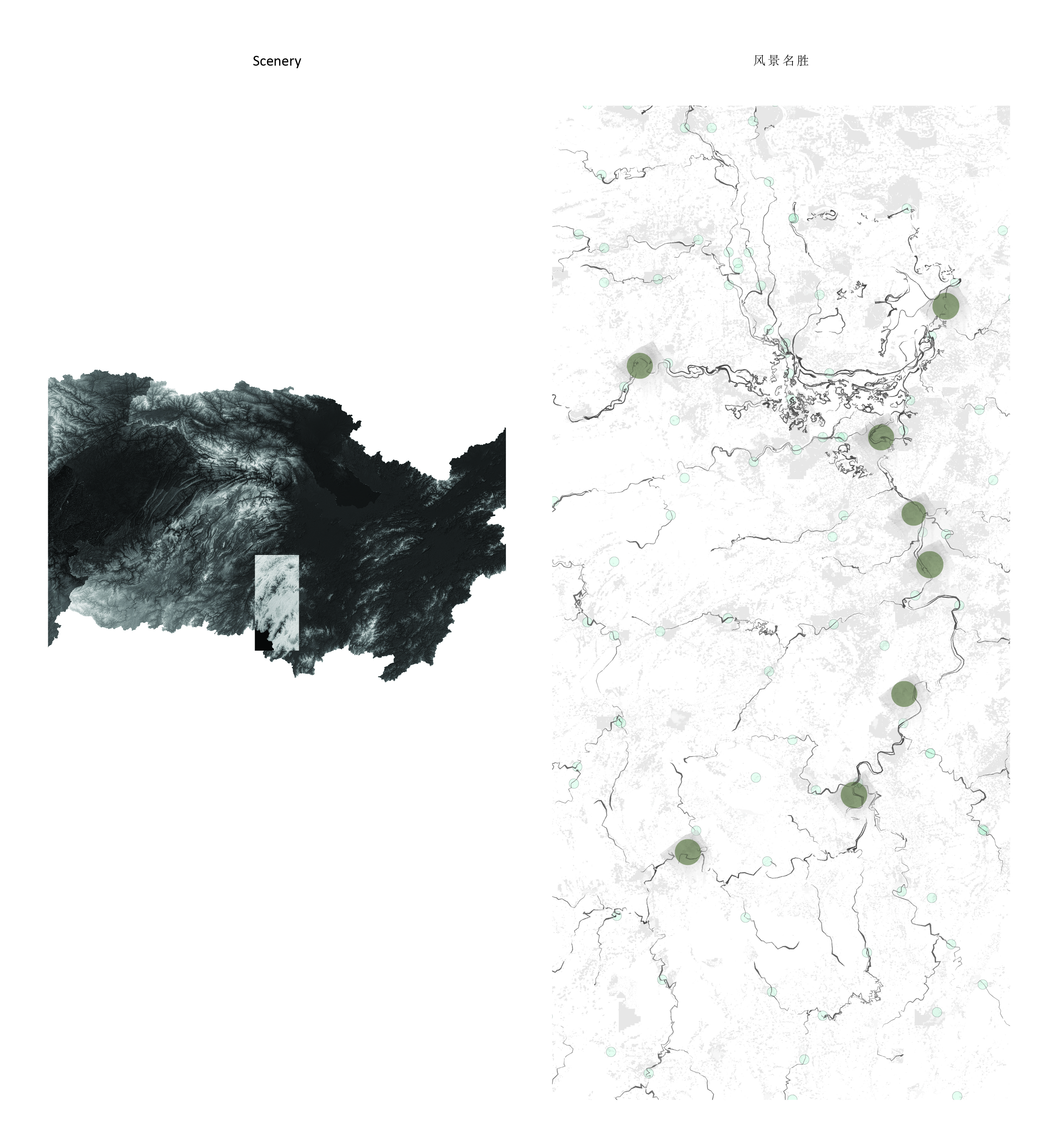
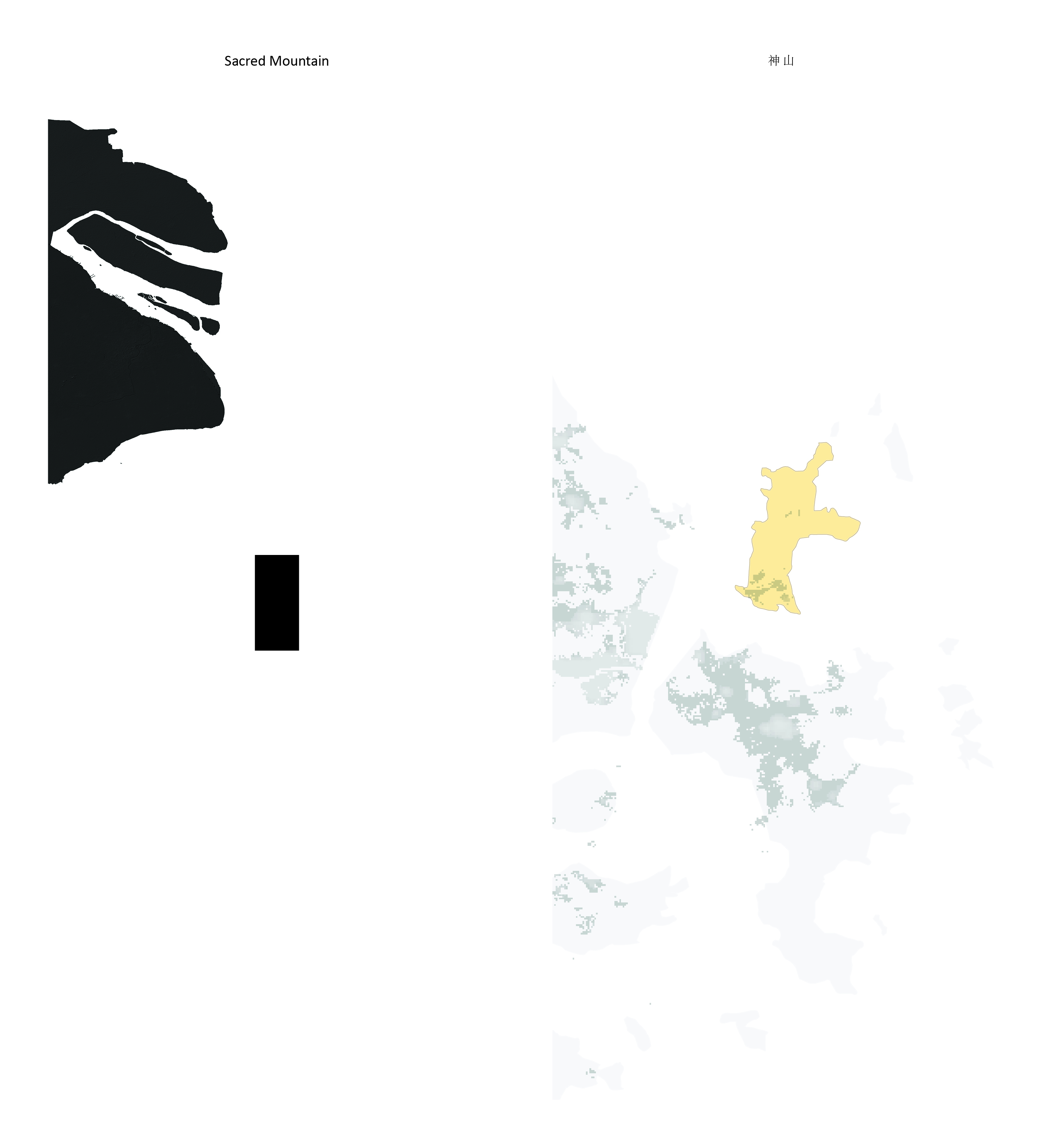
This collection of mapping is meant to be viewed from left to right. Scroll right to view more.

Fig. 1: Chinese culture's linguistic traditions and its intricate relationship with nature
Chinese culture is highly based on words, and we use a linguistic approach towards the watershed, from configurations of words, to poems as a long tradition in Chinese history. There are many translations of “watershed” in chinese, from “流域” to “分水岭”, and we think The most accurate one would be “山水”.
When we examine the characters per se, the word expands into its tributary meanings. The configuration of characters that have similar meanings would however generate words with diverse meanings in the cultural and social context. We depart with this linguistic mechanism and their configurations of shan and shui, mountain and water, arriving at this spectrum of shanshui watershed. By re-organizing the terminology and their connotations, to the left is the “Ultimate Inaccessibility” to the right to the most culturally packed and experienced scenarios. And we used the above lens of the spectrum of landscapes to understand our vast site of Yangtze river watershed.

Fig. 2: Spectrum of cultural imaginations and geographical features
Intriguing patterns emerge as we chart the complex dance between humans and the Yangtze, painting a vivid narrative that transcends simple geographical representation. This mapping of the Yangtze River's path reveals more than topography; it is a powerful symbiosis of memory, culture, and life.
However, amid this rich tapestry of data, there lurks a challenge—the relentless siren call of apophenia, the human tendency to perceive meaningful patterns within random data. Yet it is here, in this very noise, where profound learning awaits. For noise is not devoid of substance. Rather, it signals the gaps in our understanding, the raw complexities of the river’s story unprocessed and untranslated.
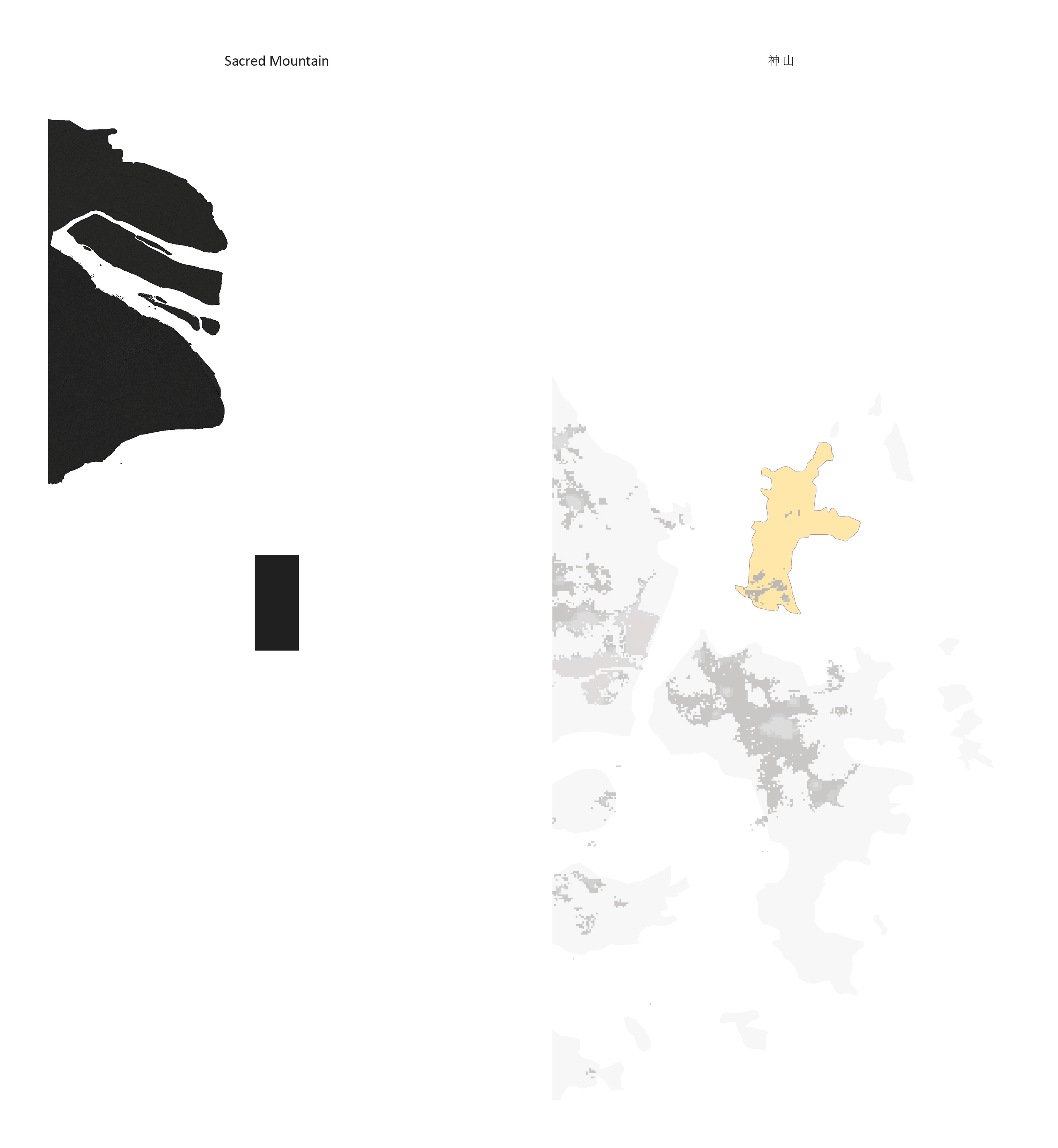
Fig. 3: Mapping of confluences of culture, memory, and climate
Each point on our map is thus not an absolute truth but a snapshot of an infinitely complex narrative of water, environment, and human interaction, a signal amidst the noise. Within this dynamic array of signals, truths are not singular, but multiple; they are not static, but fluid, and to comprehend them requires us to embrace the noise, to dive deep into the rich, cacophonous data.
Like the Yangtze, our understanding must flow, navigating between recognizing patterns and discerning misinterpretations. As we traverse this path, learning emerges not just from clear signals but from the noise as well. Snowden's insights about noise resonate with our project's ethos: amid the overwhelming river of data, we strive to distinguish meaningful signals without dismissing the rest as mere noise. It is within this 'noise'—the unprocessed and untranslated—that novel patterns might surface.